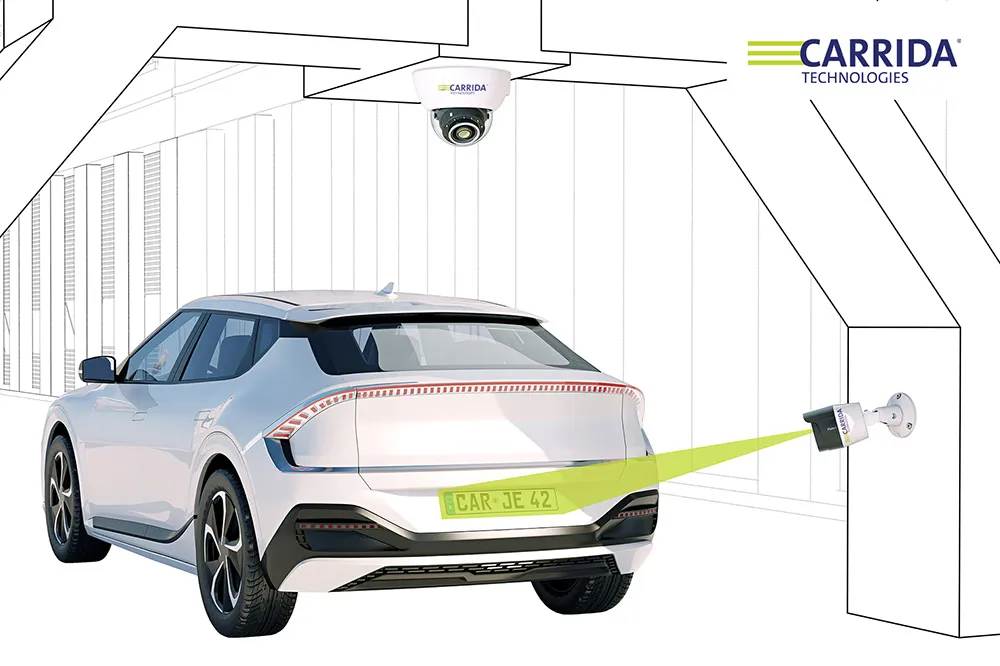
In addition to its field-proven solutions for automatic incident detection and urban traffic monitoring,
ThermiCam is an integrated thermal camera and detector for vehicle and bike detection that does not need light to operate, but uses the thermal energy emitted from vehicles and bicyclists to make a distinction between both. This enables ThermiCam to detect vehicles and bikes in the darkest of nights, over a long range and in the most difficult weather conditions.
Meanwhile, Flir will showcase different models of thermal imaging cameras for use in traffic monitoring, including the FC-Series ITS bullet camera, the D-Series ITS dome camera and the PT-Series ITS pan/tilt camera. As the company points out, thermal cameras need no light to work, are not blinded by direct sunlight, and give uninterrupted 24-hour detection of vehicles, pedestrians, and cyclists, regardless of the amount of light available.
Fire can cause severe damage to tunnel structures, resulting in high costs.
Thermal imaging can help prevent fires, by detecting hot-spots, or detect fires at an early stage so they don’t have a chance to spread. Thermal cameras like the Flir FC-Series can be configured to generate a direct alarm output to a control room operator when user-defined maximum temperature thresholds are exceeded.










